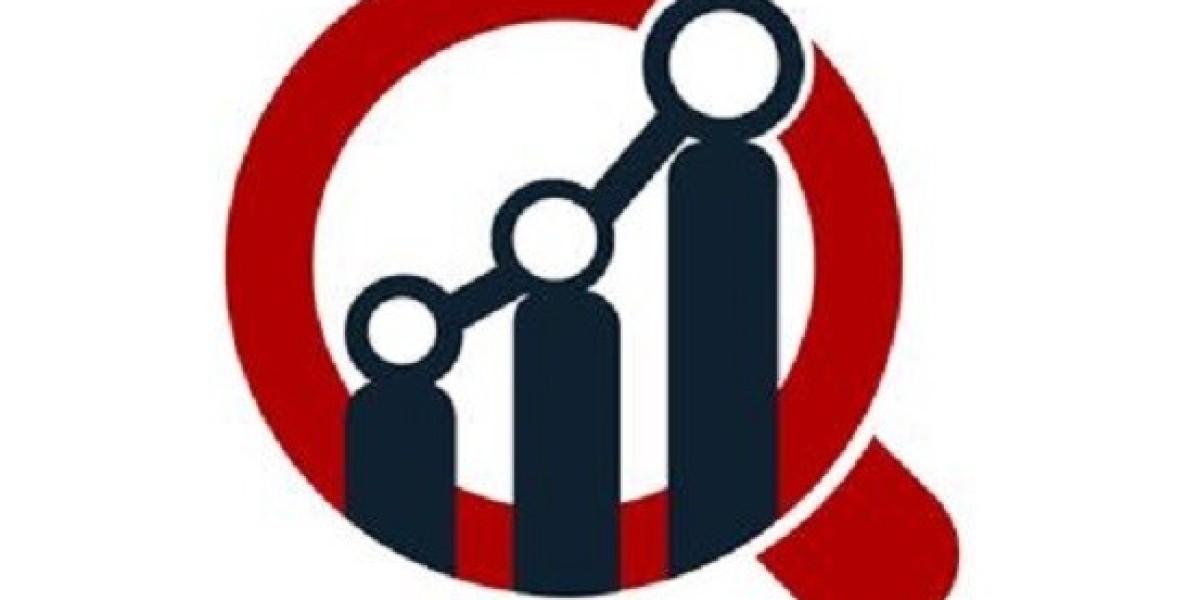Precision in Every Draw: Inside the Phlebotomy Equipment Market
The Role of Phlebotomy in Modern Healthcare
Phlebotomy—the process of drawing blood for diagnostic or therapeutic purposes—plays a crucial role in almost every clinical setting. From routine health checkups to critical illness management, accurate blood sampling is vital for timely diagnosis and treatment. To ensure precision, safety, and patient comfort, healthcare professionals rely on an array of specialized tools and kits collectively known as phlebotomy equipment.
The phlebotomy equipment market is evolving rapidly, driven by increasing diagnostic testing, expanding healthcare infrastructure, and growing emphasis on patient safety. From needles and tubes to advanced blood collection systems, the innovation in this field is transforming how phlebotomy is practiced globally.
Understanding the Equipment Behind the Procedure
Phlebotomy requires a range of essential tools: needles, syringes, blood collection tubes, tourniquets, alcohol swabs, and specimen transport containers. Innovations have led to the development of vacuum-based systems that offer a more efficient and less painful experience for patients. These systems also minimize exposure to blood, reducing the risk of contamination or transmission of infectious diseases.
Modern phlebotomy kits are now designed to be user-friendly, sterile, and pre-assembled to save time and improve accuracy. In hospitals and diagnostic centers, pre-analytical errors can have serious consequences—hence, the adoption of high-quality equipment is non-negotiable.
Market Growth Fueled by Diagnostics and Preventive Care
One of the biggest drivers of the phlebotomy equipment market is the surge in diagnostic testing. The rise of chronic diseases such as diabetes, cardiovascular disorders, and infectious diseases has made routine blood tests a cornerstone of early detection and treatment. COVID-19 further emphasized the importance of scalable, safe, and efficient phlebotomy procedures.
The growing popularity of preventive healthcare has also contributed to increased demand for blood testing, especially in outpatient and home-care settings. This shift has opened opportunities for portable and disposable phlebotomy equipment that is easy to use, even by minimally trained personnel.
Technology Enhancing Safety and Efficiency
Technological advancements in blood collection systems are improving not only patient comfort but also clinical workflow. Safety-engineered needles with retractable mechanisms and anti-stick features are now widely used to protect healthcare workers from needle-stick injuries. Color-coded tubes, barcoded labels, and automated sample tracking systems help reduce human error and ensure accurate patient identification.
In some cases, digital tools are being integrated into the blood collection process. Smart labels and real-time sample tracking improve lab turnaround time and support better decision-making. These innovations are especially useful in high-volume laboratories, where handling thousands of samples daily can be challenging without automation.
Regional Trends and Outlook
North America dominates the phlebotomy equipment market, thanks to advanced healthcare systems, frequent diagnostic testing, and strict regulatory standards that prioritize patient and staff safety. Europe closely follows with a focus on lab automation and personalized medicine.
In Asia-Pacific, rapid healthcare expansion and the increasing burden of lifestyle diseases are driving market growth. Emerging economies like India, China, and Indonesia are witnessing a surge in demand for affordable yet high-quality phlebotomy tools. Government healthcare initiatives and diagnostic outreach programs further support the market’s expansion.
Moreover, the growth of point-of-care testing and mobile diagnostic services is creating new use cases for compact, portable phlebotomy kits designed for use outside traditional clinical environments.
A Market Built on Precision and Trust
As healthcare becomes more diagnostic-driven, the demand for reliable and efficient blood collection tools continues to grow. The phlebotomy equipment market is not just about instruments—it's about building trust between patient and provider. A smooth, safe, and accurate blood draw experience can improve patient compliance and lead to better health outcomes.
Manufacturers are responding with innovation, focusing on usability, safety, and automation to meet the growing needs of modern healthcare. With diagnostics at the core of personalized medicine, phlebotomy equipment will remain a vital component of clinical care for years to come.



